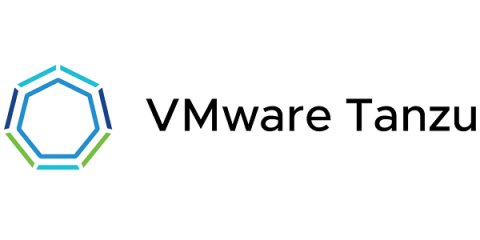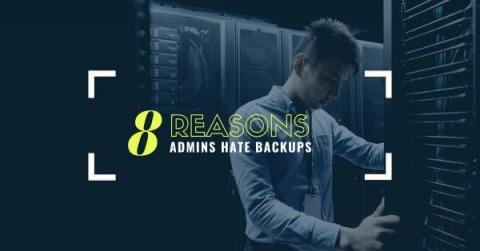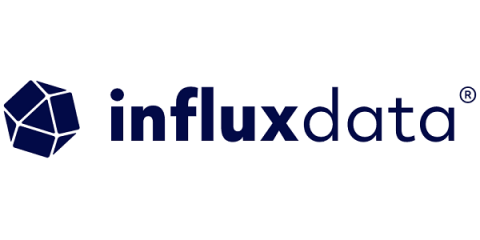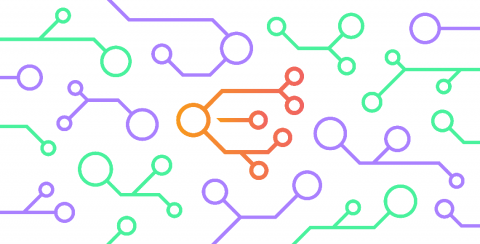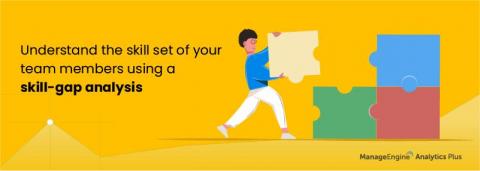Security corner: snap interface & snap connections
One of the defining features of snaps is their strong security. Snaps are designed to run isolated from the underlying system, with granular control and access to specific resources made possible through a mechanism of interfaces. Think of it as a virtual USB cable – an interface connects a plug with a slot. Security and privacy conscious users will certainly be interested in knowing more about their snaps – what they can do and which resources they need at runtime.




